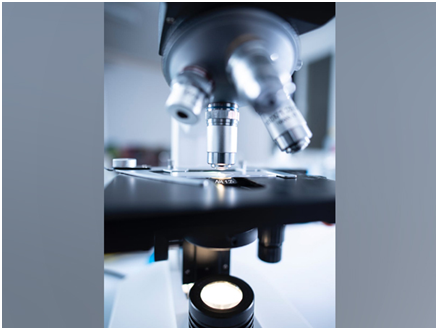What is holographic imaging?
- Posted By
10Pointer
- Categories
Science & Technology
- Published
17th Oct, 2020
-
- Scientists have developed a method using holographic imaging to detect both viruses and antibodies.
- Scientists have developed a method using holographic imaging to detect both viruses and antibodies.

-
- The method uses laser beams to record holograms of their test beads.
- The surfaces of the beads are activated with biochemical binding sites that attract either antibodies or virus particles, depending on the intended test.
- Binding antibodies or viruses causes the beads to grow by a few billionth parts of a metre.
- Scientists then can detect this growth through changes in the beads’ holograms.
- Benefits of this method: The test could be done in under 30 minutes.
- It is highly accurate.
- It can be performed by minimally trained personnel.
- Holography: is a process that creates three-dimensional images called holograms.
- This is done using laser beams, the properties of interference and diffraction, light intensity recording, and illumination of the recording.
- The Hungarian-British physicist Dennis Gabor was awarded the Nobel Prize in Physics in 1971“for his invention and development of the holographic method”.
- Potential applications: Military mapping. Information storage. Fraud and security: Eg- small silver rectangle of a dove on your credit card. Art.


